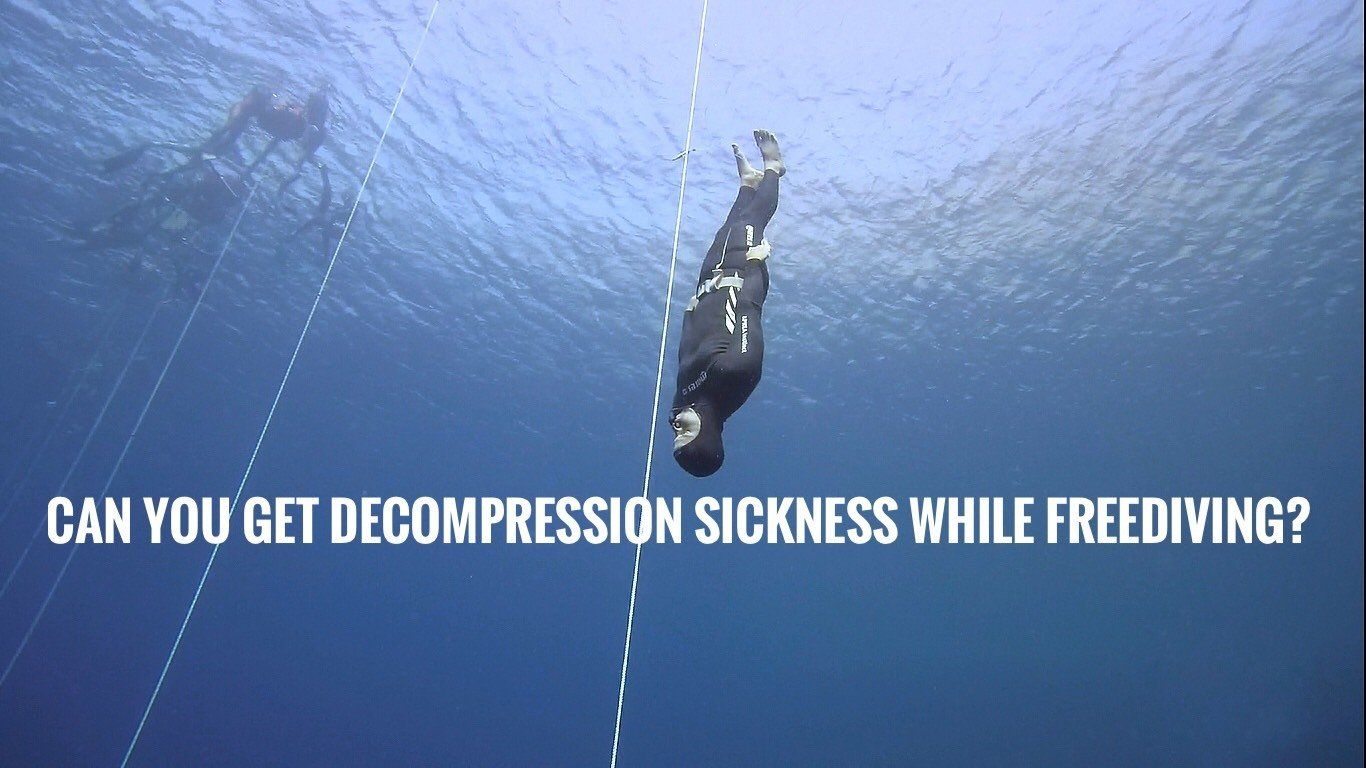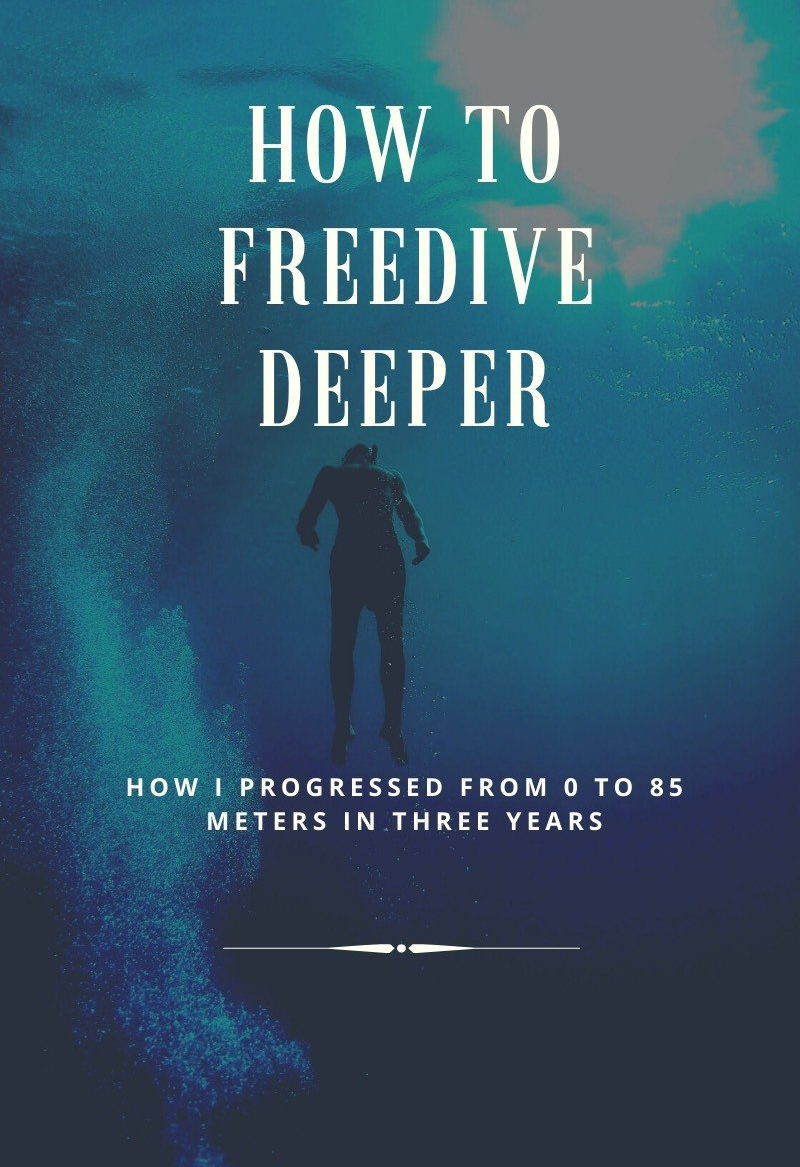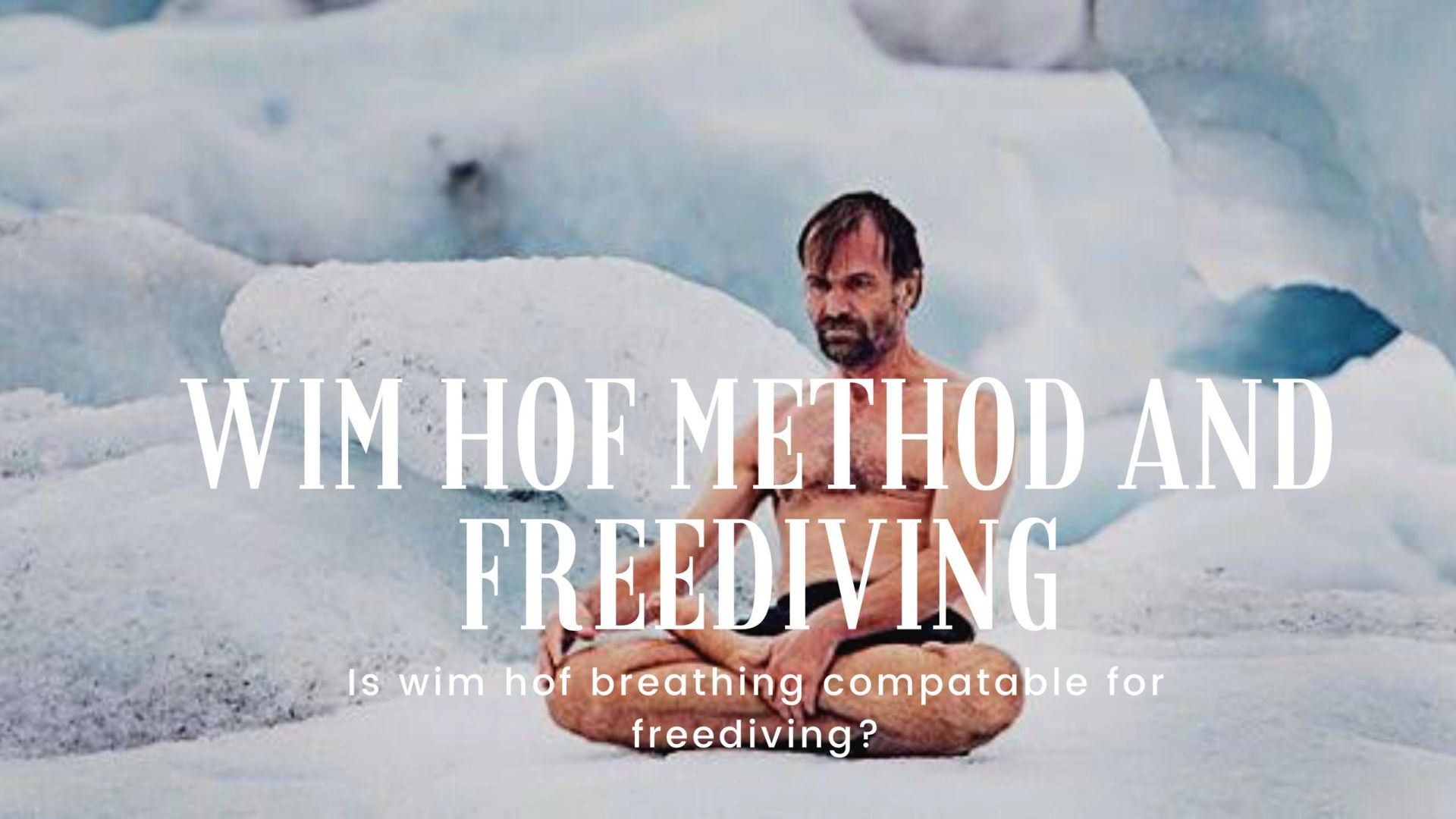What stops you from holding your breath longer?
Alexander Nilsson • April 26, 2019
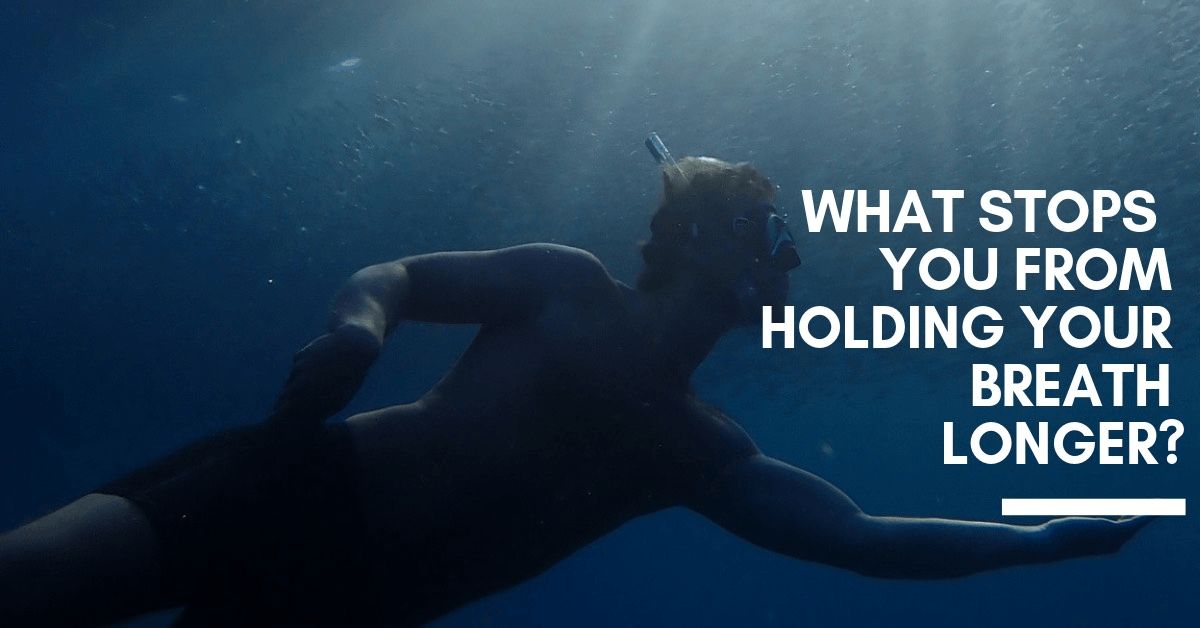
Everyone who has tried to hold their breath in the past has experienced the feeling of discomfort and the urge to breathe.
If you are a beginner without experience, it usually takes around 45 seconds from when you start holding your breath until you want to start breathing again.
The good thing is that this doesn’t indicate that you are low on oxygen, even though it might feel like it. Instead, it’s just the body sending signals to your brain that it’s time to exhale the carbon-dioxide that you have been building up while you’ve been holding your breath. You still probably have over 90% of the amount of oxygen you usually have in your body when you get the urge to breath.
The graph below is from a beginner student who on his first breath-hold of 1 minute and 30 seconds did not go below 95% oxygen saturation.
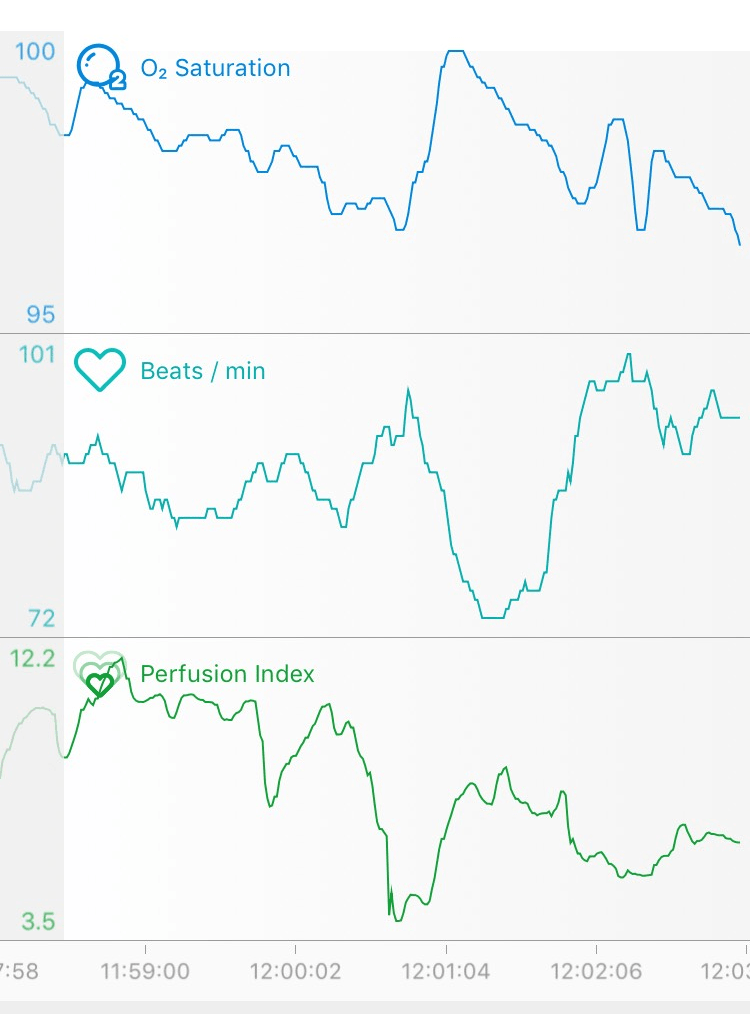
He still however experienced a strong urge to breathe that made him stop the breath-hold. But knowing that this comes from a rise in the carbon dioxide and not from low oxygen can make it mentally easier to hold your breath.
If you go past the first signals of the urge to breathe, you will start feeling the diaphragm moving. This may be uncomfortable at the beginning but is nothing to worry about, as this also happens due to the elevated levels of carbon dioxide.
The more you get used to the urge to breathe, the longer you can hold your breath.
So a big part of a freedivers' training is to get used to high levels of carbon dioxide.
How do we train this?
A simple and effective way is to just hold your breath more often, or you can do what we call Co2 tables.
The point of this is to keep the breath-hold interval time the same, but make the breathing time shorter.
The table below is a good way to start training breath-holding. Try doing it for around 3 days a week, in your bed or couch, or with an experienced freediver as safety if you do it in the water. Good luck with your training!
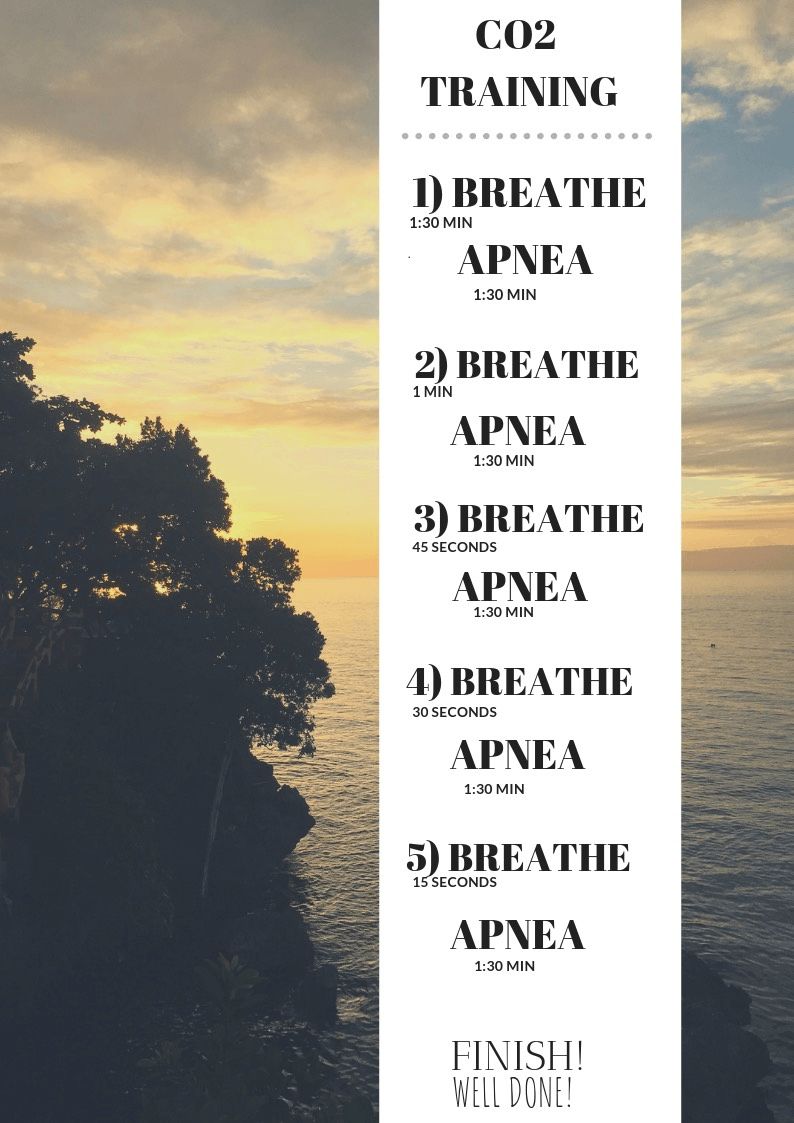
Share article:



